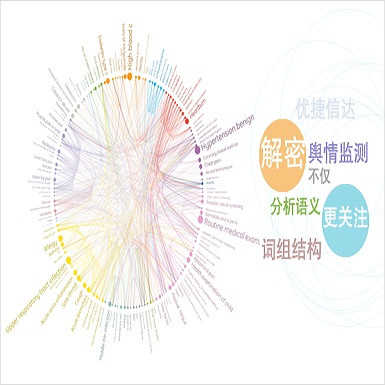Autonomous driving systems remain critically vulnerable to the long-tail of rare, out-of-distribution scenarios with semantic anomalies. While Vision Language Models (VLMs) offer promising reasoning capabilities, naive prompting approaches yield unreliable performance and depend on expensive proprietary models, limiting practical deployment. We introduce SAVANT (Semantic Analysis with Vision-Augmented Anomaly deTection), a structured reasoning framework that achieves high accuracy and recall in detecting anomalous driving scenarios from input images through layered scene analysis and a two-phase pipeline: structured scene description extraction followed by multi-modal evaluation. Our approach transforms VLM reasoning from ad-hoc prompting to systematic analysis across four semantic layers: Street, Infrastructure, Movable Objects, and Environment. SAVANT achieves 89.6% recall and 88.0% accuracy on real-world driving scenarios, significantly outperforming unstructured baselines. More importantly, we demonstrate that our structured framework enables a fine-tuned 7B parameter open-source model (Qwen2.5VL) to achieve 90.8% recall and 93.8% accuracy - surpassing all models evaluated while enabling local deployment at near-zero cost. By automatically labeling over 9,640 real-world images with high accuracy, SAVANT addresses the critical data scarcity problem in anomaly detection and provides a practical path toward reliable, accessible semantic monitoring for autonomous systems.
翻译:暂无翻译




